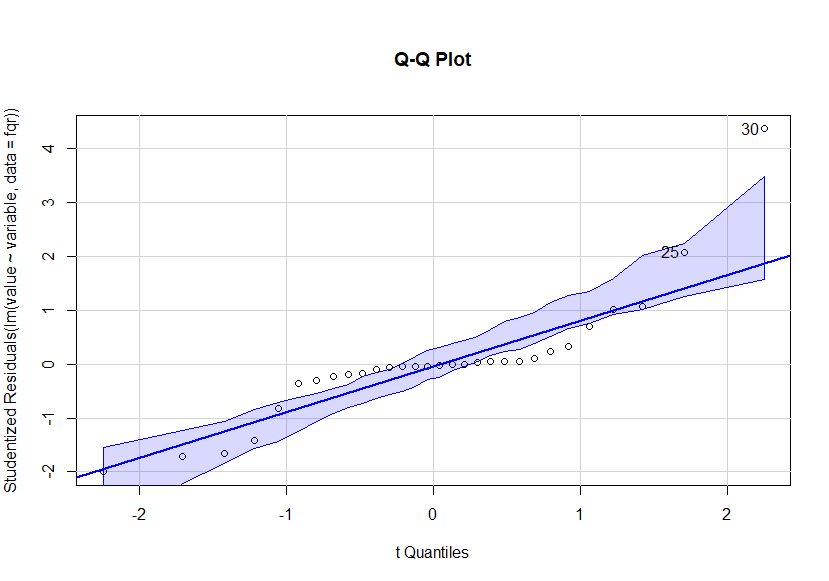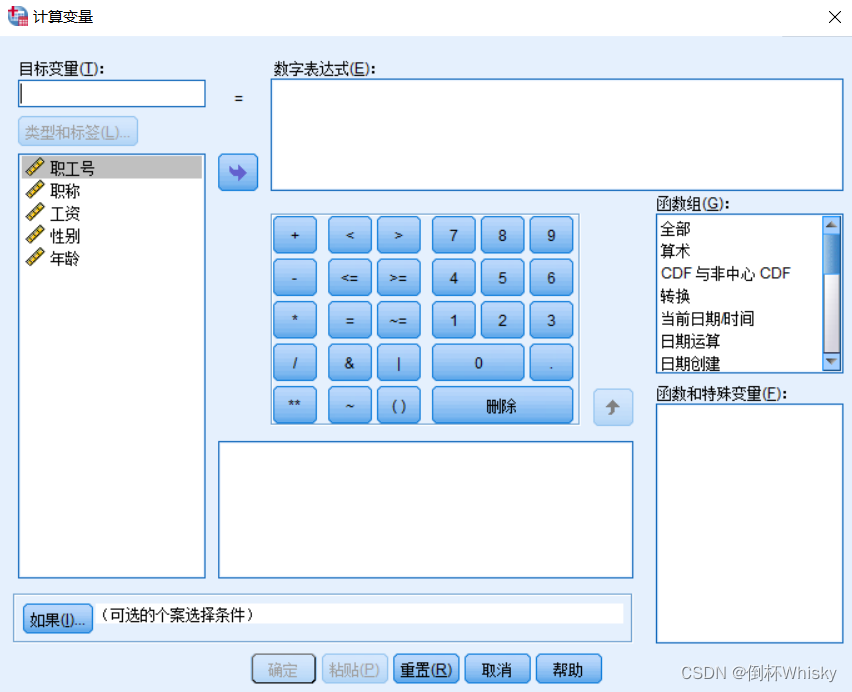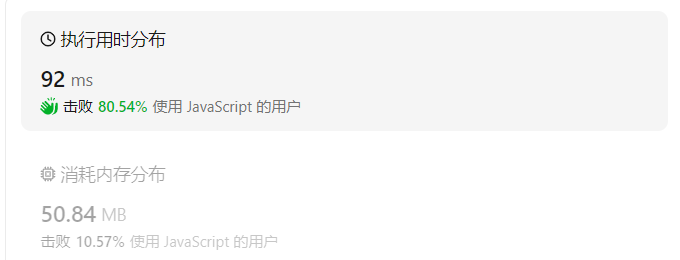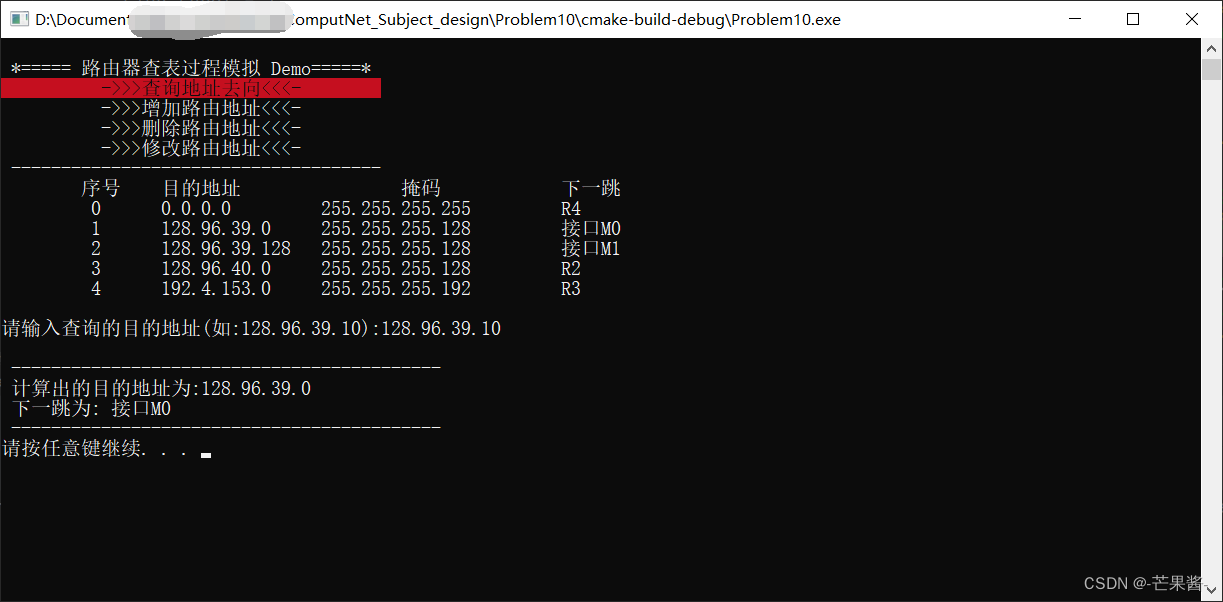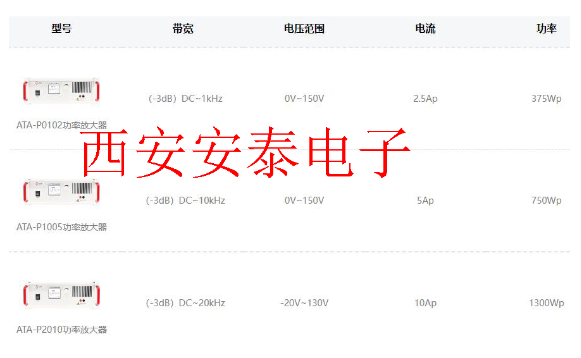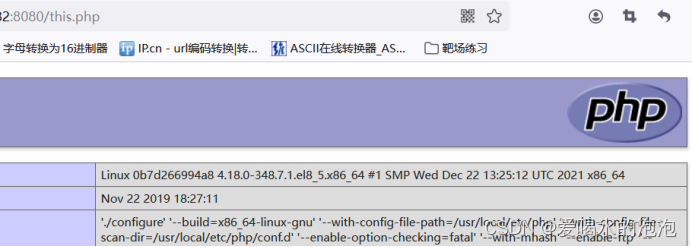题目
字符串中的额外字符
给你一个下标从 0 开始的字符串 s 和一个单词字典 dictionary 。你需要将 s 分割成若干个 互不重叠 的子字符串,每个子字符串都在 dictionary 中出现过。s 中可能会有一些 额外的字符 不在任何子字符串中。
请你采取最优策略分割 s ,使剩下的字符 最少 。
示例 1:
输入:s = "leetscode", dictionary = ["leet","code","leetcode"]
输出:1
解释:将 s 分成两个子字符串:下标从 0 到 3 的 "leet" 和下标从 5 到 8 的 "code" 。只有 1 个字符没有使用(下标为 4),所以我们返回 1 。
示例 2:
输入:s = "sayhelloworld", dictionary = ["hello","world"]
输出:3
解释:将 s 分成两个子字符串:下标从 3 到 7 的 "hello" 和下标从 8 到 12 的 "world" 。下标为 0 ,1 和 2 的字符没有使用,所以我们返回 3 。
提示:
1 <= s.length <= 501 <= dictionary.length <= 501 <= dictionary[i].length <= 50dictionary[i]和s只包含小写英文字母。dictionary中的单词互不相同。
提示 1
Can we use Dynamic Programming here?
提示2
Define DP[i] as the min extra character if breaking up s[0:i] optimally.
分析
-
首先要注意的是dictionary的职责是字典,每个字符串是可以重复利用的。
-
根据提示我们可以用动态规划,来计算,用dp[i]表示前i-1个字符剩余的最少额外字符。
-
输入:s = “leetscode”, dictionary = [“leet”,“code”,“leetcode”,“et”]
那么我们观察dp[3]=3 当i=4 时,对应字符leet,dp[4]=dp[3]+1=4 et是可以匹配上的dp[4]可以所见到dp[2] leet是被匹配上的,所以dp[4]可以缩减到dp[0]当匹配到第i个字符时,我们需要从 i往前找到0位置(边界为j),找到可以发生状态转换的地方,并像给出的例子中一样找到这其中其中最小的dp[j]。
dp[i] = min(dp[i],Set(dp[j])) -
所以有:
对于一般情况:dp[i] = dp[i-1]+1
对于每个dp[i] 往前找:dp[i] = min(dp[i],Set(dp[j])),j∈[0,i-1]
编码
class Solution {
public int minExtraChar(String s, String[] dictionary) {
int [] dp = new int[s.length()+1];
dp[0] = 0;
HashSet<String> dicSet = new HashSet<>();
Collections.addAll(dicSet, dictionary);
for (int i = 1; i <= s.length(); i++) {
dp[i] = dp[i-1]+1;
for (int j = i-1; j >= 0; j--) {
//这是s全部的字串
if(dicSet.contains(s.substring(j,i))){
dp[i] = Math.min(dp[i],dp[j]);
}
}
}
return dp[dp.length-1];
}
}
交流






